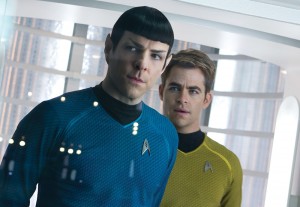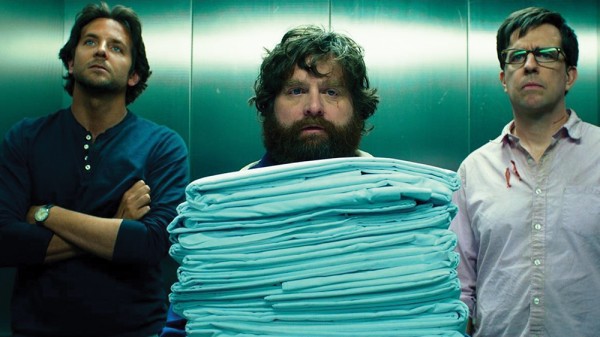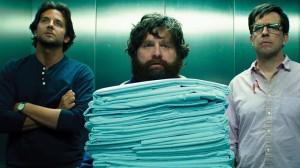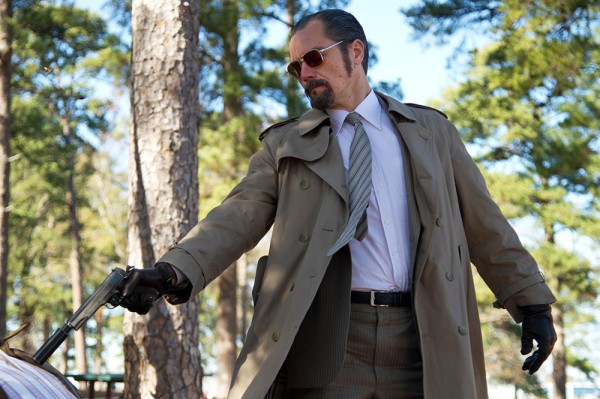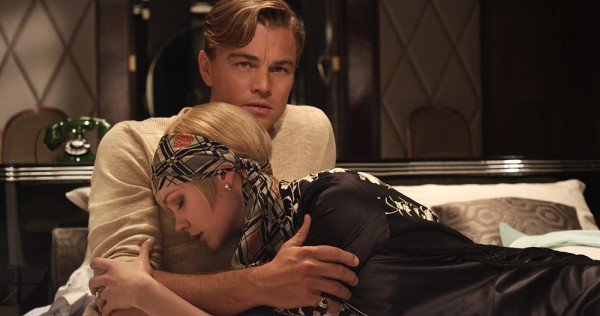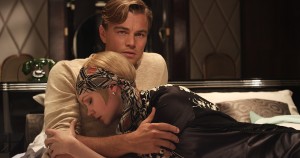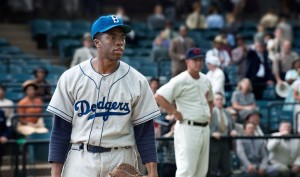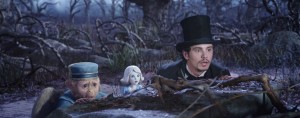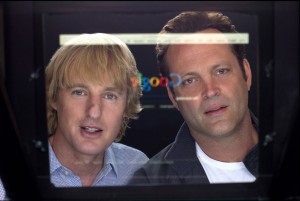
You know something has really taken off when its name becomes a verb in everyday conversation. In the case of Internet search engines, “Just Google it” has become the universal answer to any and every question, replacing phrases like “Look in an encyclopedia” or “Go to the library.” However, a few things never really cross the mind of the average person: How exactly does Google operate at its Mountain View, Calif., headquarters? And more importantly, how do I get a job there? The new movie “The Internship” (out June 7) answers these questions with a surprising amount of hilarity and emotional depth that tackle modern-day issues like employment. The film was directed by Shawn Levy, a director who is no stranger to comedic and character-central films (“Big Fat Liar,” “Night at the Museum,” “Date Night,” “Real Steel”). His newest project reunites the comedy duo of Vince Vaughn (who co-wrote the screenplay) and Owen Wilson in their first movie together since 2005’s “Wedding Crashers.” In short, this movie is just the piece of summer fun that you’ve been looking for.

The comedy duo of Vince Vaughn and Owen Wilson star in Shawn Levy’s new film, “The Internship” (out June 7). The highly comedic movie tells the story of two older salesmen who lose their jobs and end up as interns at Google headquarters in California.
“The Internship” focuses on Billy McMahon and Nick Campbell (Vaughn and Wilson, respectively), two salesmen who are so good at what they do that they could sell bacon to a rabbi. Their company, run by John Goodman (who also had a small cameo in May’s “The Hangover Part III”), is shut down due to technological advances. Human interaction is no longer needed, which Wilson equates to the beginning of an apocalypse like the one in “Terminator.” About to spend the rest of their lives at boring, dead-end jobs, the two friends narrowly land internships at Google, where they must compete against an army of younger and smarter newbies (known as “Noogles”) for permanent jobs. And that’s where the fun begins.
The movie takes the fish-out-of-water route as Nick and Billy, products of the disco era, find themselves completely baffled at how out of sync they are with the modern era. It’s like watching Rip Van Winkle trying to write computer code. This contrast is the movie’s main comedic draw that results in hilarious scenes like Billy unwittingly proposing an Instagram-like app that he calls “Exchange-a-gram.” The Vaughn-Wilson chemistry hasn’t changed since 2005; the two are perfect together as they bicker endlessly, never giving anyone else a chance to talk during a webcam interview that involves a blender-related question. What makes them so likable is their relatable flaws that land them in trouble. They’re the embarrassing dads that many teenagers wish they didn’t have.
Chock full of pop culture references that the two “geezers” struggle to understand, the movie is a nerd’s paradise: “Star Wars,” “Harry Potter,” “Back to the Future,” “X-Men,” and cosplay to name a few. Even dark sides of the nerdiverse like hentai and tentacle porn are briefly mentioned. The soundtrack is a catchy compilation of young people’s artists like B.o.B., Locksley and Flo Rida. During their internship, the leads are placed into Team Lile (led by Josh Brener, that guy from those Samsung Galaxy S3 commercials), a ragtag group of misfits where each person has a unique set of problems that are cliched yet quirky. There’s the one guy who hides behind his cell phone, the girl with sexual fantasies influenced by “Star Wars,” and the kid who plucks out his eyebrows to punish himself. These characters are played by unknown actors, allowing us to focus on them as people and not as celebrities.
As the film progresses, Nick and Billy unknowingly take on fatherly roles, helping these outcasts come out of their shells, taking them out to drink and getting them their first lap dances, learning something about themselves, and discovering their “Googliness” along the way. The greatest part about this movie is not the protagonists’ interactions between themselves but their interactions with others. For instance, Wilson is once again the lady killer, pursuing Rose Byrne’s Dana, an Australian Google employee whose life is full of regrets. Although this storytelling tool has been used before, it works here thanks to colorful characters and bonding of the group members as we follow them from a set of divided individuals to a cohesive unit.
This group competes against others in a series of interesting challenges (for which Nick and Billy are grossly inept) over the course of a summer. The program is run by Mr. Chetty, played by Aasif Mandvi of “The Daily Show.” Of course, this contest wouldn’t be complete without a villain who comes in the form of Brit Max Minghella, the Slytherin to Team Lile’s Gryffindor. That being said, there is an enjoyable and intense Quidditch match at one point in the movie.
If you never considered working in the technology industry, you might want to think again because Levy and his crew romanticize Google as a Dr. Seuss, sci-fi, amusement park place of occupation. All the food is free, and there are slides and even napping pods where the director gets a quick cameo. We also get welcome cameos from Will Ferrell as a tattooed, sex-crazed mattress salesman and Rob Riggle as a motorized scooter salesman who sleeps with elderly women. With its sleek design and trademark red, blue, yellow and green color scheme, Google headquarters looks like the perfect place to spend your pre-retirement days. Even postcard shots of the Golden Gate Bridge at dawn made me want to pack up and move out West.
At the end of the day, the movie’s underdog, romantic coming-of-age plotlines all mesh together perfectly with everyone getting what they want by the heartfelt, albeit formulaic, ending. The end credits are also impressively creative. However, the movie reminds us that in a modern world of impersonal technology, it’s sometimes easy to forget that human emotion and interaction are what really matter. Not sure? Just Google it.
The post Vaughn and Wilson reunite for hilarious Google movie appeared first on The Triangle.


